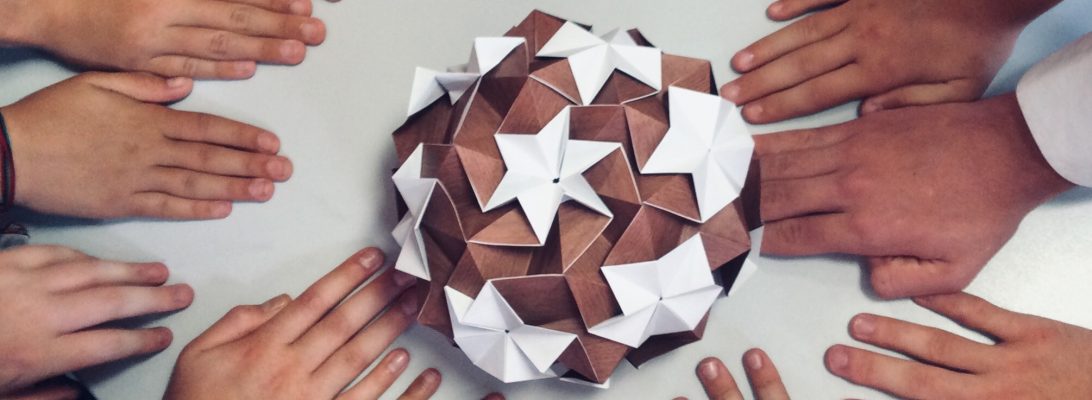I had one last piece of Nicholas terry’s “Tissue Foil” and a little time on my hands so decided to try and nut out Satoshi’s Lion:
This lovely little model is a right pain to fold – some astonishingly complicated twists and turns that are not really well explained in places – some of the odd sinks and manipulations to encourage the body shape were very challenging to understand.
After nearly completing it, I then decided to repeat the process with a piece of mid-tan Tant (newly purchased and arrived) and that also was a challenge – not because I was now unfamiliar with what needed to be done but rather that the paper was so thick that it became very difficult to complete folds.
I amazed myself by completing both – fairly happy with them – I learned lots along the way and, should I fold them again (and yes, I am not against the idea) I think I can do a lot better, now that I know what goes where. Continue reading

























